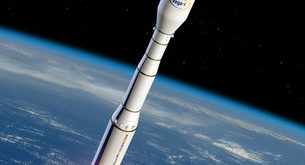
Ibadan, 9 February 20223 – Following the violent earthquake that hit Turkey and Syria on the night of 6 February, the Italian Space Agency (ASI) has made satellite images from the COSMO-SkyMed radar constellation available. As part of international collaborations, ASI immediately made the many pre-event images available to national institutions. It also acquired post-event images of some of the cities affected by the earthquake.
The first post-event image was from the night of 7 February at 04:13 from the CSG1 satellite in the city of Adana, about 200 km from the epicenter. ASI will acquire other images in the next few days and is in close contact with the Italian National Institute of Geophysics and Volcanology (INGV), the institute responsible for processing the images.
Furthermore, through e- Geos, ASI is providing the data it acquired by the COSMO- SkyMed satellites in the context of the Emergency Management Service of the European Copernicus program. The usefulness of Earth observation satellites has risen dramatically in the days following natural disasters. As a result, the earthquake of February 6 has demonstrated how satellite images taken from space can be useful for disaster management. They are images that are useful for organizing rescue efforts and for better understanding the extent of the damage.





